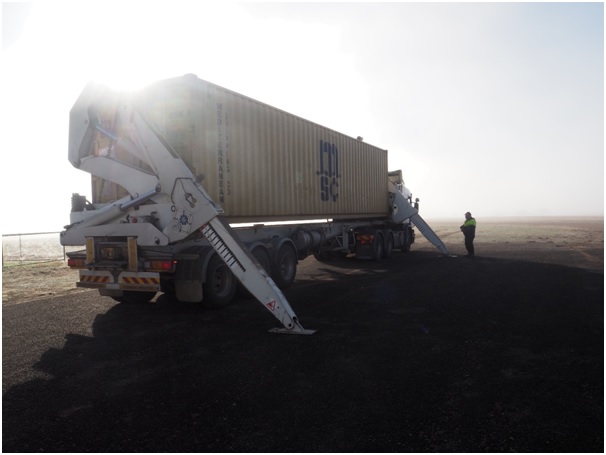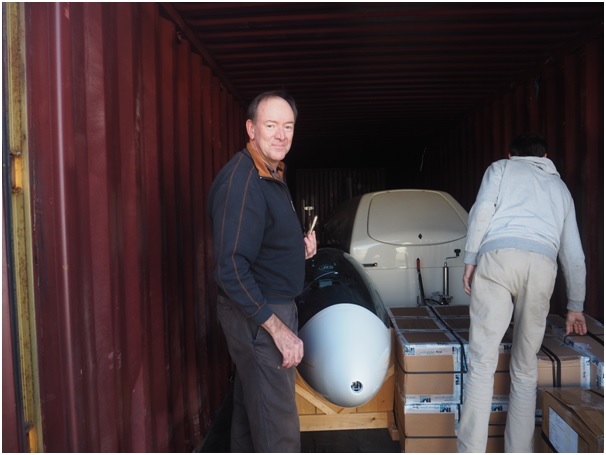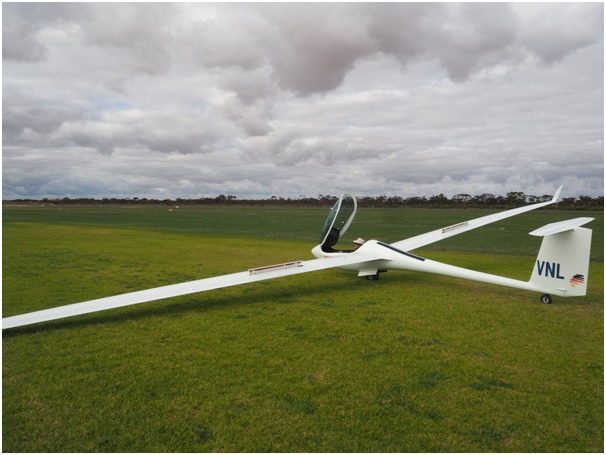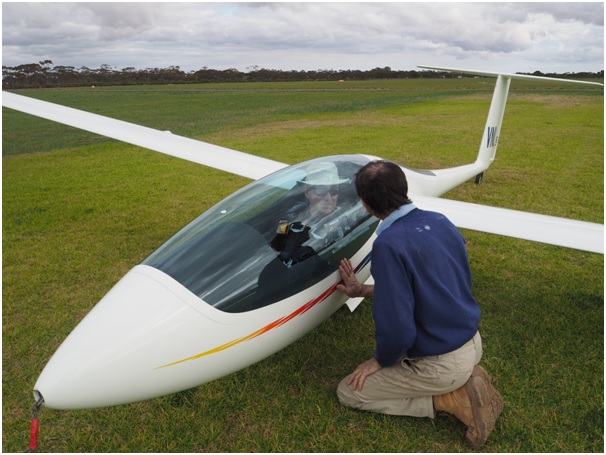It was three years ago that I made the decision to upgrade from the ASG 29 to the new (and unproven) AS 33. This new glider was Schleicher’s response to the Jonkers JS 3 which had roundly dethroned the 29 from its world comps dominating position. (the 33 still has a bit of work to do after the recent world 18 meter comps!)
But my decision to upgrade was not solely due to chasing performance. Future resale value of a now 13 year old glider, having newer instruments, improvements in design and safety and a spare trailer were the main factors.
All of this decision making was of course pre-covid. We could not have imagined the disruption to manufacture and shipping that the pandemic would inflict. In any case, delivery was delayed by 10 or so months and I spent a summer flying club gliders instead of a new aircraft. At least I got to know the Duo very well and reacquainted myself with the two singles.
Every stage had a delay. Production of the glider was delayed by covid related worker absences. 20% of the factory was away having to isolate. Germany is grey in winter and so its factory test flight was delayed and eventually performed around snow showers. Containers are in short supply, trucks not available and there is a backlog of containers at most ports. Delay after Delay.
I became devoted to watching container ships on the web. There is an equivalent to Flight Radar 24 for ships. Have a look at the Marine Traffic app to see just how much is floating on our oceans. The real time graphics allow you to watch a ship and its tugs come into a dock. And webcams complete the picture and allow you to watch a ship with “your” container come into and out of port. I watched my ship dock and leave Bremerhaven only to then get an email saying there was a delay/change of schedule and that my container would be on the next boat. Another 10 day delay.
After a delay in Singapore and then a delay in Fremantle due to a storm in the Bight, the MSC Sagita arrived in Adelaide. The good news – customs did not need to inspect the container. The bad news – it would be another 5 days before a truck was available to bring the container to Waikerie (the glider was not in a trailer).
There I was, in the office at Waikerie on the appointed delivery day, expecting the truck after lunch, when, at 9am, a Container sailed past the office window. Christmas time!


There was a mad flurry of activity to get everything out of the container. Numerous boxes, a glider and its wings and Richard Willis’s glider in its new trailer. All done in just over an hour.
It was only once the commotion had died down that we could start to take stock what had been delivered. And to see what was different about the glider. Many things became more apparent over time, but it was immediately apparent that the main change was in the wing Against the 29, the 33 wing looked narrow and thin.
At the wing root, the control connection bellcranks told the story of the wing thickness. In the 29 all three bellcranks were vertical. But in the 33 there was not sufficient room. Only one was vertical, the other two had to be horizontal. The spar stubs where much thinner with smaller diameter pin bushes. And the wing tapered up to the wing root in order to allow more room for all of the components.
Looking along the wing from the root end, the cord looked narrow. The wing area has only been reduced by half a square meter 10.5 m2 to 10 m2, but over the still 18 m span, it has a significant and more than just visual effect. It very clearly has an increased aspect ratio.
Other changes include the dimple tape along the trailing edge of the wing replacing the blow hole system. Hopefully it will work just as well and not have the maintenance problems of the hundreds of tiny holes used in the previous system. And a retractable tailwheel. The wheel disappears into the tail with door covers seeming to materialise from nowhere. It really does appear like a magic trick.
Thanks to Cathy and Mark for all their hard work in getting the Certificate of Airworthiness. Leaping bureaucratic hurdles in a single bound! And so it was rigged and ready to fly.
The fuselage uses the same moulds as the 29. The only modification being around the wing root. Sitting in the cockpit, the only things that were different to my old 29 were the new instruments, changed engine starting system and the new glider smell.
Only time will tell if the 33 is a significant improvement on the 29 and as competitive as the JS3. To date, I have only had four flights and only one cross country flight of 250 kms. And I am yet to fly with water. However, the 250 km flight was at an average speed of 92 kph in 2 kt average thermal with an inter-thermal glide ratio of 52 to 1. That is impressive and very competitive.
I am looking forward to further flights and Orange Week. I will need time to get to know the glider and its instruments and I am really hoping to be able to live up to the potential of this glider. Only time in this glider will allow me to realise its potential.
Thanks again to all those who helped along the way – Bernard Eckey for all his help, Mark, Cathy, Bill and David for assistance in unloading the container and Mark and Cathy for getting the glider into the air.
Summer – can’t wait.



